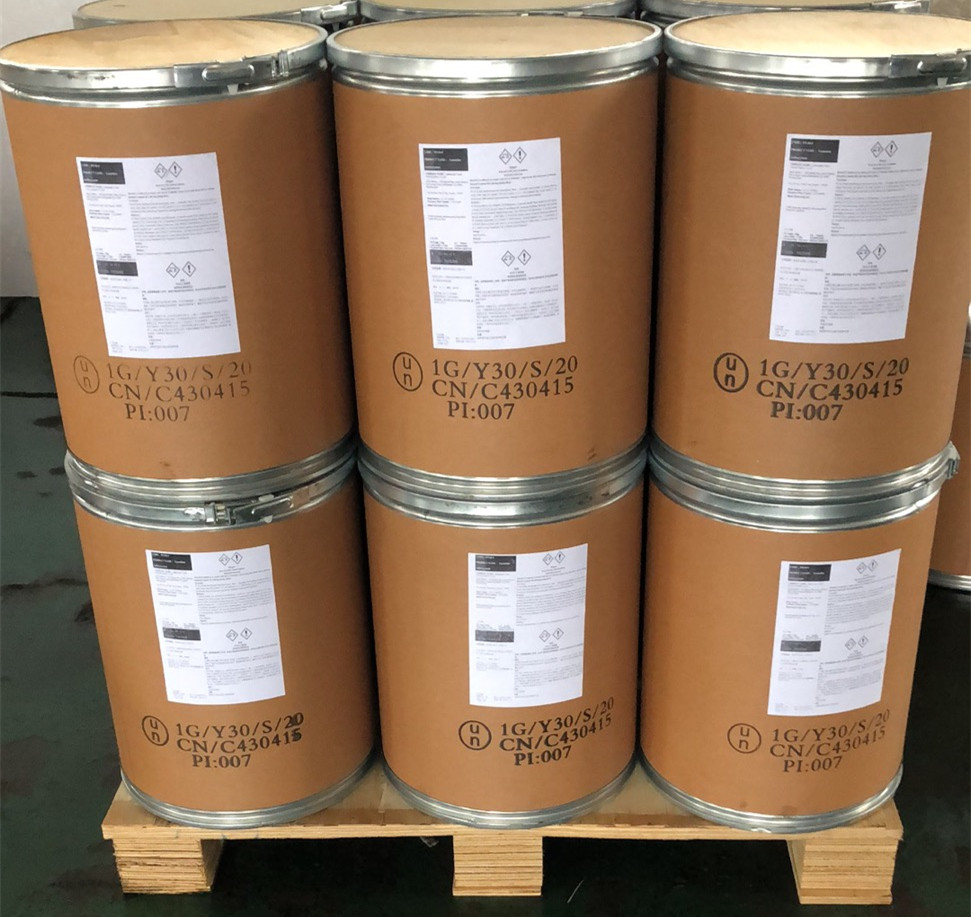
- English
- Español
- Português
- русский
- Français
- 日本語
- Deutsch
- tiếng Việt
- Italiano
- Nederlands
- ภาษาไทย
- Polski
- 한국어
- Svenska
- magyar
- Malay
- বাংলা ভাষার
- Dansk
- Suomi
- हिन्दी
- Pilipino
- Türkçe
- Gaeilge
- العربية
- Indonesia
- Norsk
- تمل
- český
- ελληνικά
- український
- Javanese
- فارسی
- தமிழ்
- తెలుగు
- नेपाली
- Burmese
- български
- ລາວ
- Latine
- Қазақша
- Euskal
- Azərbaycan
- Slovenský jazyk
- Македонски
- Lietuvos
- Eesti Keel
- Română
- Slovenski
- मराठी
- Srpski језик
How toxic is guanidine thiocyanate?
2021-09-16
Inhalation, ingestion and skin contact with guanidine thiocyanate can cause damage, so wear experimental clothes, gloves and goggles during operation; Its contact with acid can release extremely toxic gas, which is harmful to aquatic organisms and may have long-term adverse effects on the water environment. Therefore, it should be avoided to release into the environment.
How to treat the waste liquid after use?
Laboratory pollution mainly includes biological pollution and chemical pollution, which can be roughly divided into wastewater, waste gas and solid pollutants. Among them, biological pollution includes biological waste pollution and biological bacterial toxin pollution, while chemical pollution includes organic pollution and inorganic pollution. In general, all kinds of waste liquid shall be classified. In principle, the original bottle shall be recovered. If mixed loading is required, it shall be determined that the reagent will not produce heat, toxic gas, explosion, etc. The drug name and concentration shall also be indicated on the recycling bottle for unified recycling treatment. It shall not be discarded at will, causing environmental pollution and toxicity.
With the rapid development of molecular biology, gene diagnosis has become the most accurate and effective means of detection. In the process of gene diagnosis, the extraction of viral nucleic acid is the prerequisite for detection. The quality of nucleic acid extraction also affects the accuracy of detection, and the quality of lysate directly affects the quality of nucleic acid extraction, and then affects the experimental results. Guanidine thiocyanate solution is the most commonly used cell lysate. Only by dealing with every detail can we obtain the best experimental results on the basis of safety experiment.




